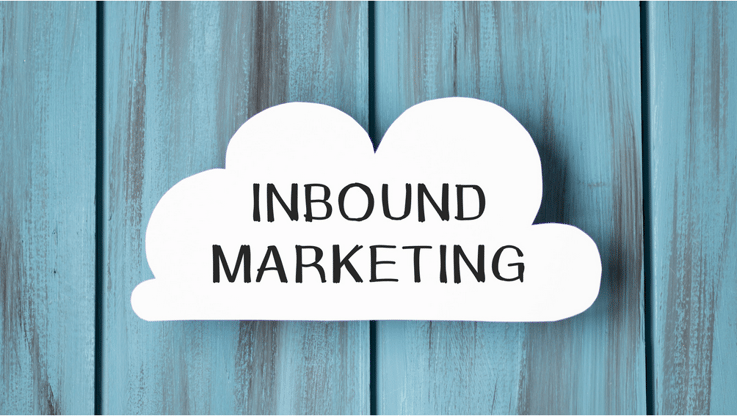 In today's digital age, the traditional methods of marketing are becoming less and less effective. With the rise of ad blockers and the consumers' ability to skip or ignore advertisements, companies need to find new ways to attract customers. That's where inbound marketing comes in.
In today's digital age, the traditional methods of marketing are becoming less and less effective. With the rise of ad blockers and the consumers' ability to skip or ignore advertisements, companies need to find new ways to attract customers. That's where inbound marketing comes in.
Inbound marketing is a tactic that focuses on attracting prospects through useful and relevant content, rather than interrupting them with aggressive sales tactics.
However, executing an inbound marketing plan can be a daunting task for businesses that are used to more traditional methods. But fear not. We have broken down the process into 7 easy steps that will help you effectively execute your inbound marketing plan.
Step 1: Defining Your Target Audience
You can't effectively reach your target market if you don't know who they are. Researching and understanding the needs of your ideal customer is crucial for creating content that resonates with them. This involves identifying their demographics, interests, pain points, and behaviors.
Step 2: Create Valuable Content
Once you know your target audience, it's time to create valuable content for them. This can include blog posts, videos, social media posts, and more. The key is to provide information that is useful and relevant to your audience, rather than just promoting your products or services. This will help build trust with prospects and establish your business as an authority in your industry.
Step 3: Utilize SEO
Search Engine Optimization is an important aspect of inbound marketing. In today's competitive market, having a strong online presence is important for businesses to thrive and succeed. When you optimize your content and website for search engines, you increase visibility and attract more organic traffic. This involves using keywords, meta tags, and other tactics to improve your website's ranking on search engine results pages.
Step 4: Implement Social Media
Social media is a must-have tool for inbound marketing. This allows companies to connect with their target audience, share valuable content, and build relationships. Make sure you choose the most relevant platforms for your target audience and consistently post engaging content that encourages interaction.
Step 5: Offer Lead Magnets
A lead magnet is something of value that is offered to prospects in exchange for their contact information. This can be an eBook, a webinar, or a free trial of your product or service. By providing something valuable, you can capture leads and start building relationships with potential customers.
Step 6: Nurture Leads
Once you have captured leads, it's important to nurture them through the buyer's journey. This involves providing them with more valuable content and guiding them towards making a purchase. Personalization is key here, as you want to make each lead feel like they are receiving individual attention.
Step 7: Analyze And Adjust
It's crucial to continually analyze your inbound marketing efforts and make adjustments as needed. Utilize analytics tools to track your website traffic, conversion rates, and social media engagement. This will help you understand what is working and what needs improvement in your inbound marketing strategy.




